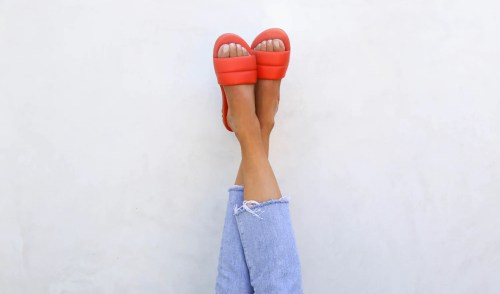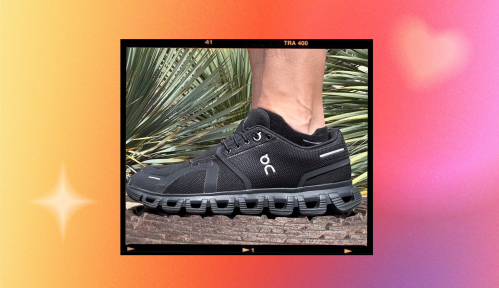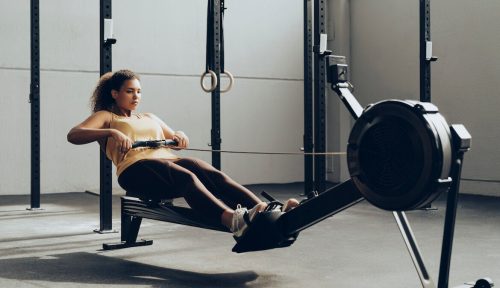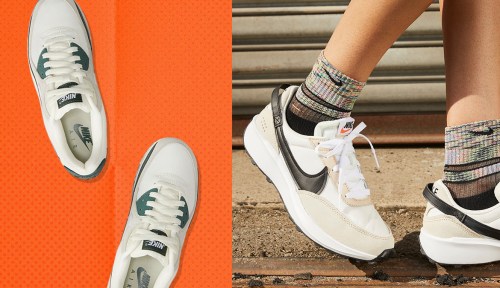Finding a pair of kicks that perfectly align with your workout goals can feel like hitting your metaphorical (and, okay, physical) stride. Just take it from a girl who fell, um, head over literal heels with running after finally trading in her high school gym sneakers for a pair of high-tech Brooks Ghost kicks. Still, there’s a common roadblock of navigating the overwhelming amount of choices the market offers. Knowing which shoes will help you soar through mile after mile of marathon training and which are better equipped for squats and box jumps isn’t always a straightforward exercise.
In fact, lacing up training shoes when running shoes are really your best bet, and vice versa, may open you up to more to injuries. So before you sign up for a HIIT class and slip your track shoes into your gym bag, read on to see why certain sweaty occasions require layers of plushy support while others necessitate you to be just shy of barefoot, according to experts. Of course, you’ll also want to consult with the virtuosos at your neighborhood shoe store who can take an IRL look at your gait to ensure that you and your kicks go sprinting and/or burpee-ing into the sunset.
Consider yourself a footwear pro: Here’s how to determine whether you need running shoes or training shoes every single time.

What to look for in a running shoe, and when to wear it
According to David Greuner, MD, managing director and co-founder of NYC Surgical Associates, this type of sneaker usually has two distinguishing visual features: a sloping level of support from heel to toe and a substantial layer of cushioning. “Running shoes are designed to promote forward movement, which is why the heel is often higher than the toe. This also offers support for when your foot is consistently landing on the track, pavement, or grass,” he says. “So you should search for footwear that is raised and cushioned to assist with shock absorption.”
As far as this variety’s main purpose goes, Edwin Wealth, a Tier 3 Plus coach at Equinox, notes its name pretty much says it all. “Running shoes are essential for running because they have the proper cushioning so that you can pound the pavement,” he explains. But since walking uses the same basic heel-to-toe mechanics, Samuel Malloy, MD, medical director at UK-based online-medical platform Dr Felix, adds that you can use these plushier options for that type of workout as well. (And, to be clear, that modality is a workout.)
Before you order your running shoes, make sure you determine whether you need a neutral or support shoe (the distinction is key!). Then, shop the kicks that are right for you.
Neutral Running Shoes
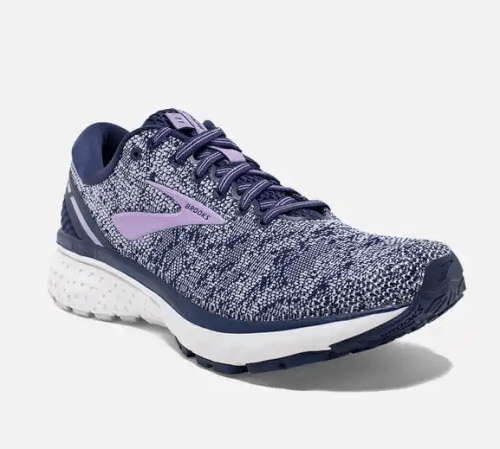
Brooks Ghost 11 $120
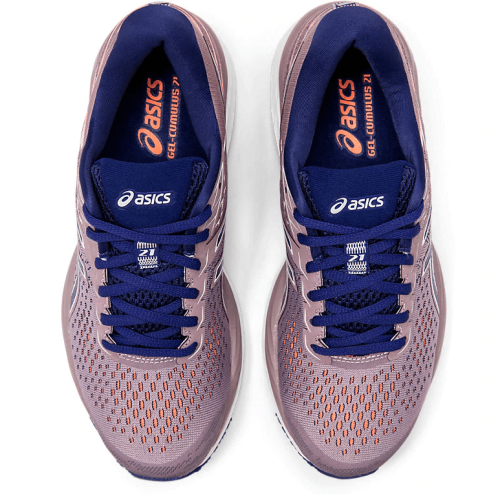
Asics Gel Cumulus 21 $120
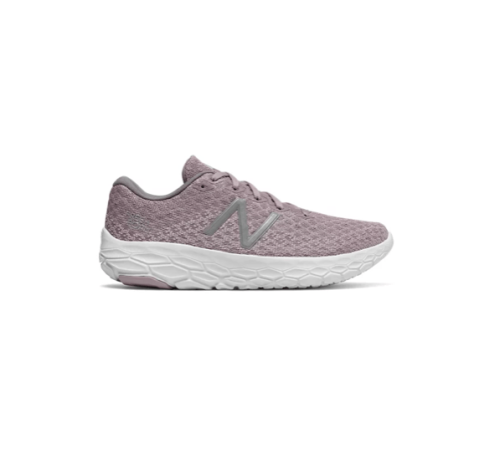
New Balance Fresh Foam Beacon $90
Support Shoes

Saucony Women's Guide ISO 2 $120
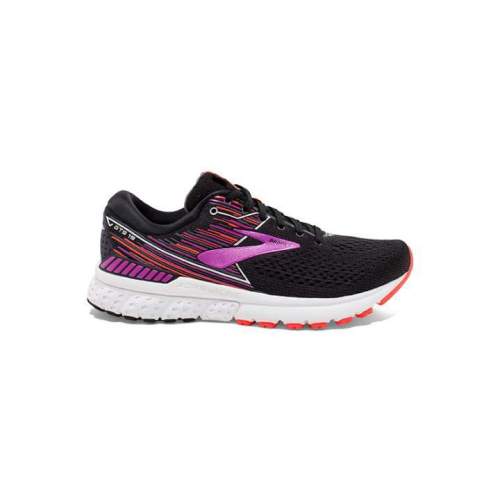
Brooks Adrenaline GTS 19 $130

Asics Gel Kayno 25 $110
And what about training shoes?
You can consider training shoes the yang of its mileage-based running-shoe counterpart. Besides the fact that both sweat essentials have laces (and even that could change), they have little else in common. You can immediately identify a training shoe because it will bring the entirety of your foot close to the ground and be incredibly lightweight to hold in your hand.
“Training shoes are designed for lateral movement, as well as for overall versatility. You need them when lifting weights, training, aerobics, and whatever else you participate in,” Dr. Greuner says. Sporting shoes that are too supportive during moves like squatting, lifting, or even benching will keep your entire muscle chain—starting from your feet—from engaging in the exercise, says Wealth. So when it comes to any activity you might classify as a “workout” rather than a “run” or a “walk,” Dr. Greuner says to opt for a light-as-a-feather footwear option. All three of the below have the Well+Good editors’ seal of approval.
Training Shoes

Under Armour TriBase Reign Training Shoes $120
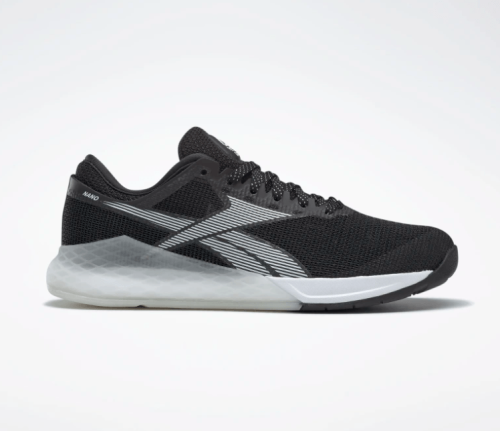
Reebok Nano 9 $130
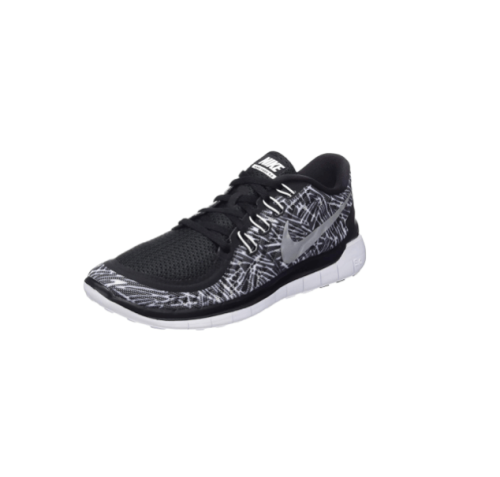
Nike Free 8 $110

What can happen to your body if you work out in the wrong shoes?
“Wearing the wrong type of shoes can lead to injuries, especially if you have any other foot problems, such as being flat-footed,” Dr. Malloy says. “It’s important that your foot is supported in the right way for the exercise you do.” Plantar fasciitis, for example, is an inflammation of connective tissues in your soles that you may develop as a result of the wrong type of shoe putting excessive stress on the softer parts of your foot. Once you have it, it can take about a year to recover completely, so the doc recommends taking your time to find shoes that are just the right for you. (You know, Cinderella-style.)
Apart from affecting your feet directly, Dr. Greuner warns that an unsuitable shoe can throw your whole body out of whack, possibly leading to injuries in your ankles, shins, and legs. And to add insult to literal injury, you’ll also fall behind in your day-to-day workouts. “Turning ankles, twisting your knee, nagging blisters, and other injuries can put you behind in your workout plan. On top of this, your sets, reps, and training will not be as effective,” he adds.
The takeaway? “Look after your feet, and they’ll look after you,” Dr. Malloy says.
Oh hi! You look like someone who loves free workouts, discounts for cult-fave wellness brands, and exclusive Well+Good content. Sign up for Well+, our online community of wellness insiders, and unlock your rewards instantly.
Originally published on August 27, 2018. Updated on June 12, 2019.
Sign up for the Well+Good SHOP Newsletter
Get exclusive deals on wellness, beauty, fitness, and food products that have been hand-picked by our editors.
Got it, you've been added to our email list.



